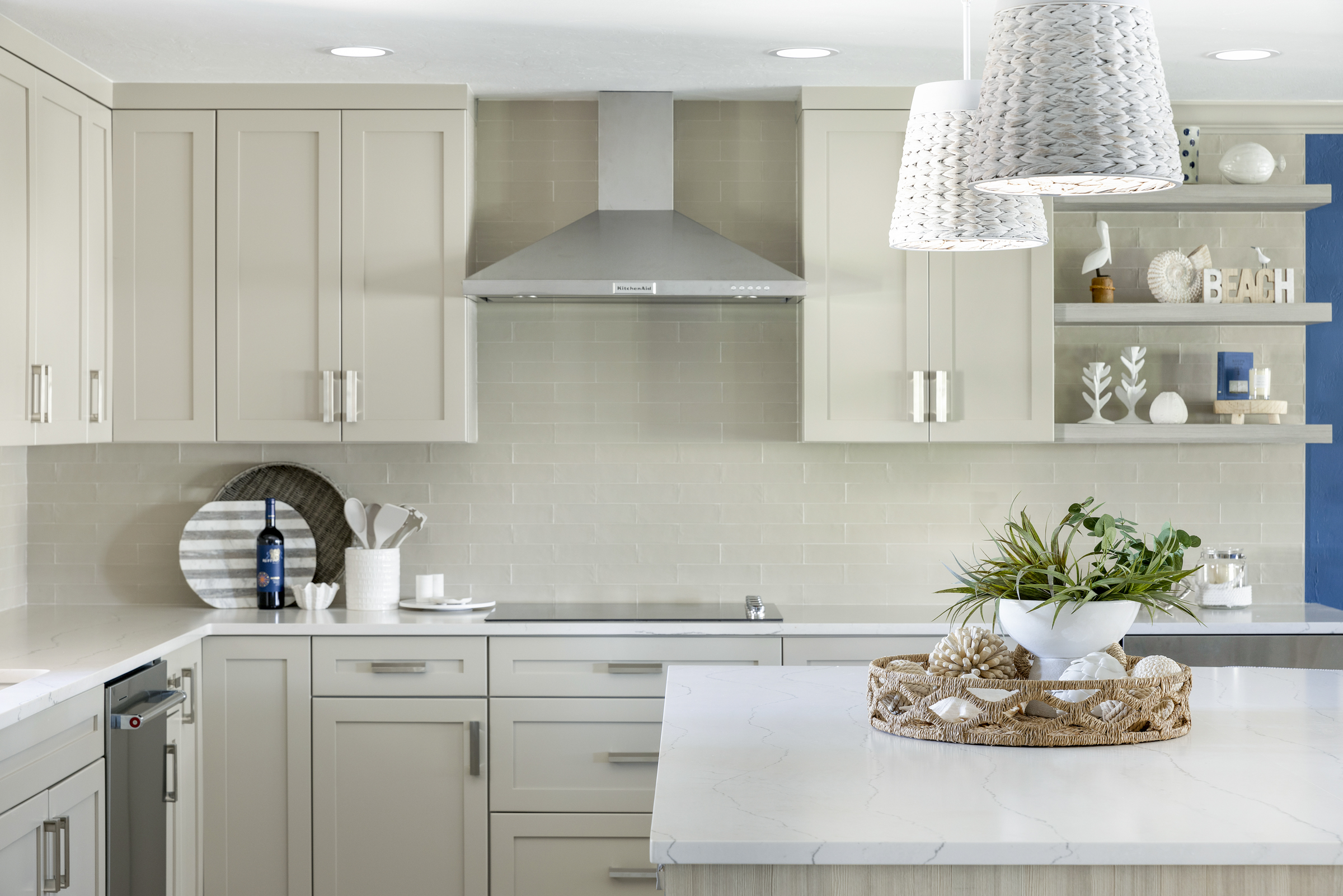
When embarking on a kitchen remodel, one of the most crucial decisions you’ll face is selecting the right cabinetry. Cabinets not only contribute to the aesthetics of your kitchen but also significantly impact functionality and organization.
Understanding the differences between various cabinet styles and types can help you make an informed decision that aligns with your preferences and budget.
Cabinet Styles: Framed, Frameless, and Inset
Framed Cabinets:
Traditional in style, framed cabinets feature a frame around the front outer edge of the cabinet box, known as the face frame. This frame provides structural support and adds a classic look to the kitchen. The frame also allows for hinges to be attached directly, facilitating door installation. Framed cabinets are versatile and can accommodate various door styles and finishes.
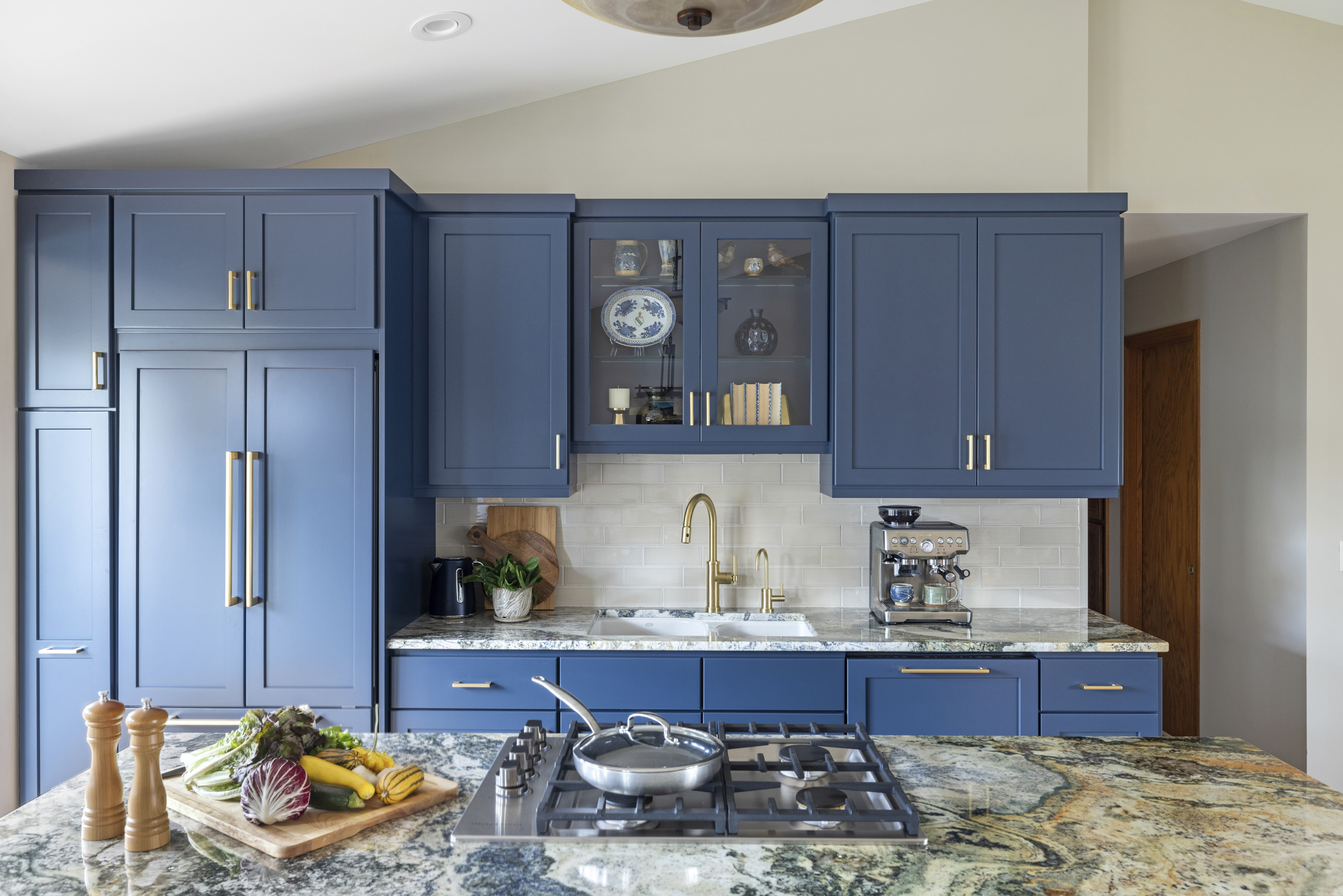
Frameless Cabinets:
Also known as European-style or full access cabinets, frameless cabinets lack the face frame found in framed cabinets. Instead, the doors attach directly to the sides of the cabinet box. This style can offer a sleek, minimalist appearance, maximizing interior space and providing easier access to items stored within. Frameless cabinets are favored for contemporary and modern kitchen designs but can also work in transitional and traditional spaces.
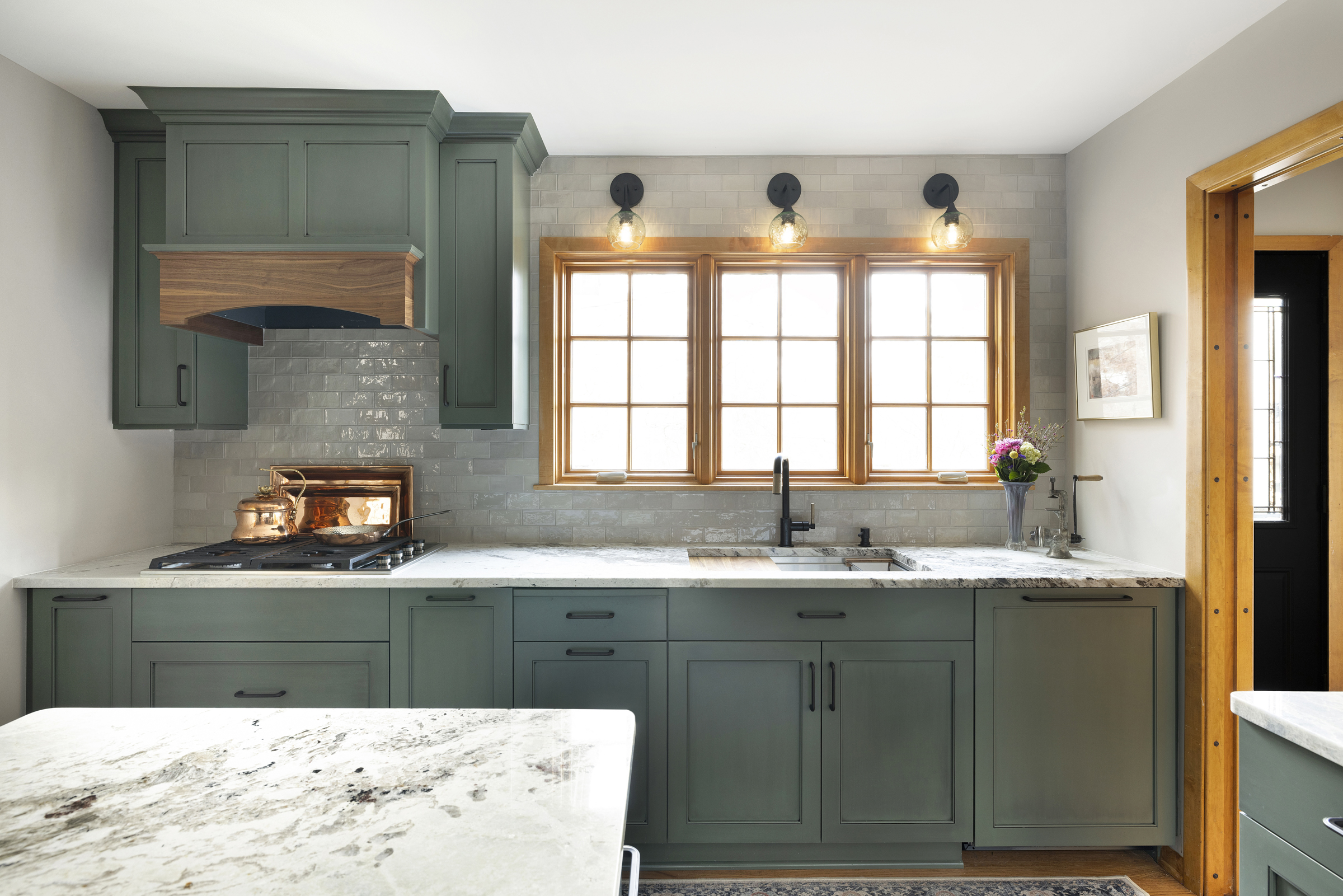
Inset Cabinets:
Inset cabinets feature doors and drawers set flush with the cabinet frame, creating a seamless, custom-built look. This style requires precise craftsmanship for installation but offers a timeless aesthetic that exudes elegance and sophistication. Inset cabinets are often associated with high-end, traditional kitchen designs and can elevate the overall ambiance of the space.
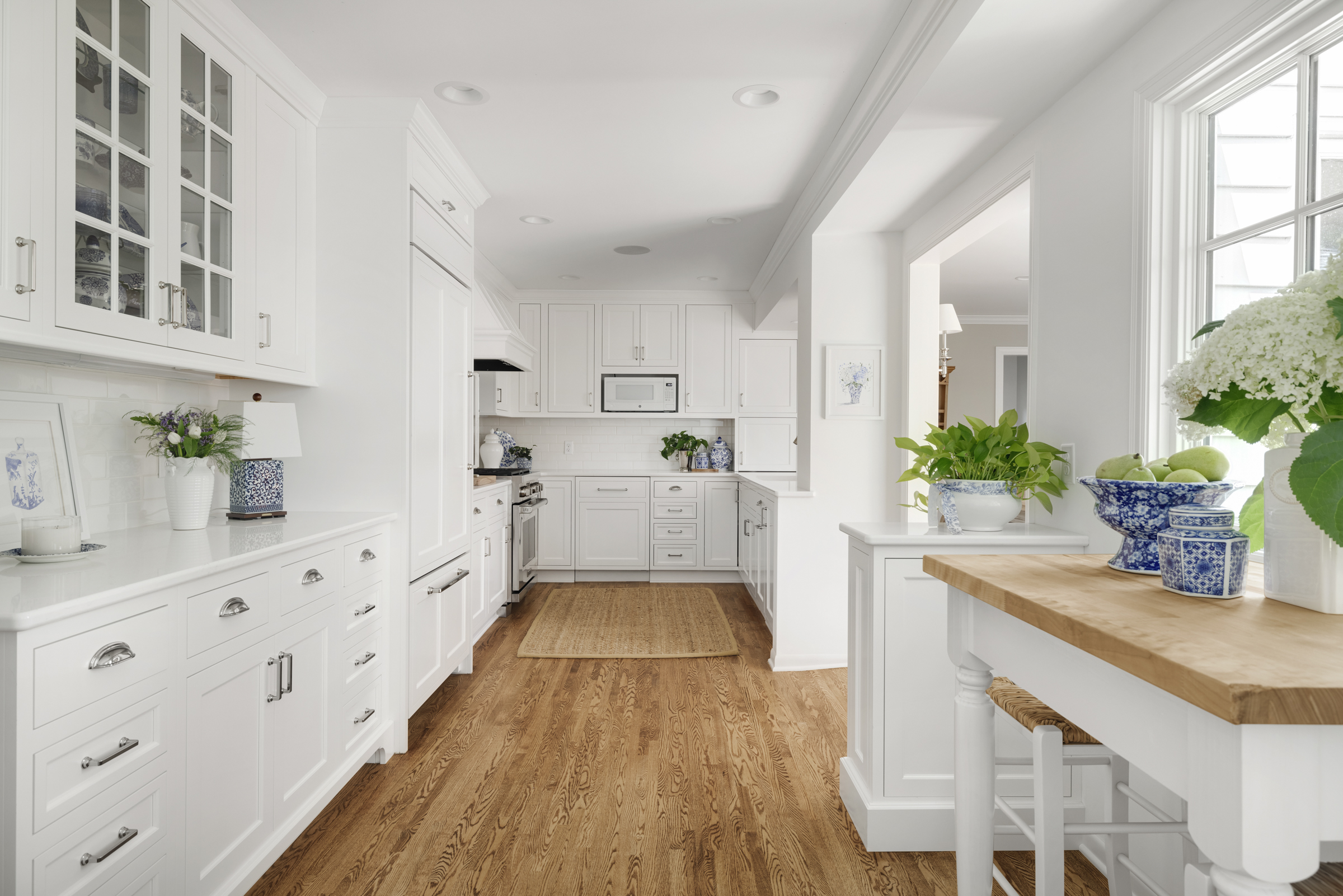
Cabinet Types: Stock, Semi-custom, and Custom
Stock Cabinets:
Ideal for those on a tight budget or with limited time constraints, stock cabinets are pre-made in standard sizes and designs, ready for immediate purchase and installation. While offering affordability and quick turnaround, stock cabinets may have limited customization options, such as door style, wood species, color, and hardware choices.
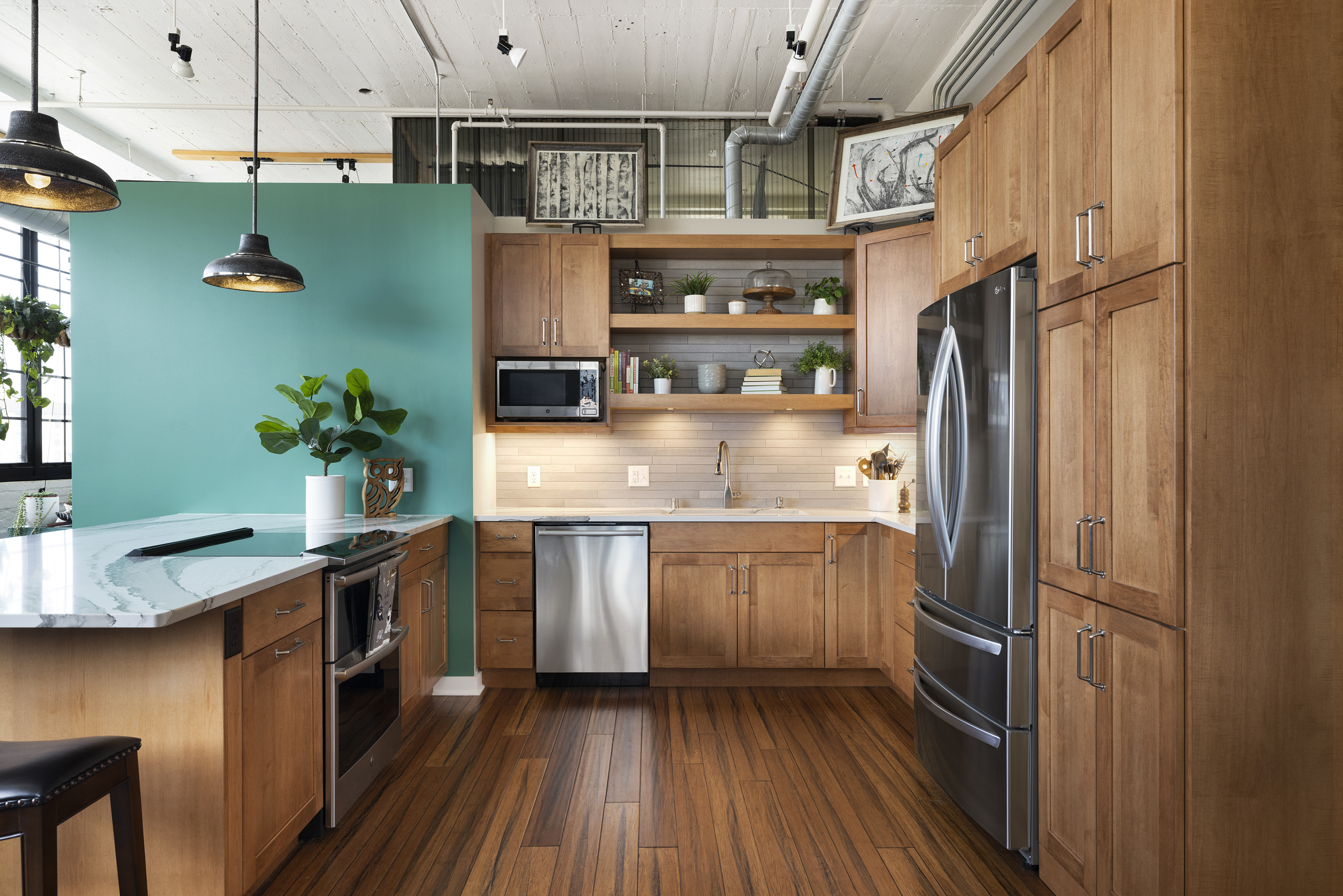
Semi-custom Cabinets:
Offering a balance between affordability and customization, semi-custom cabinets allow for some degree of personalization. Homeowners can choose from a range of options, including cabinet size, materials, finishes, and accessories. Semi-custom cabinets offer greater flexibility compared to stock cabinets while remaining relatively budget-friendly.
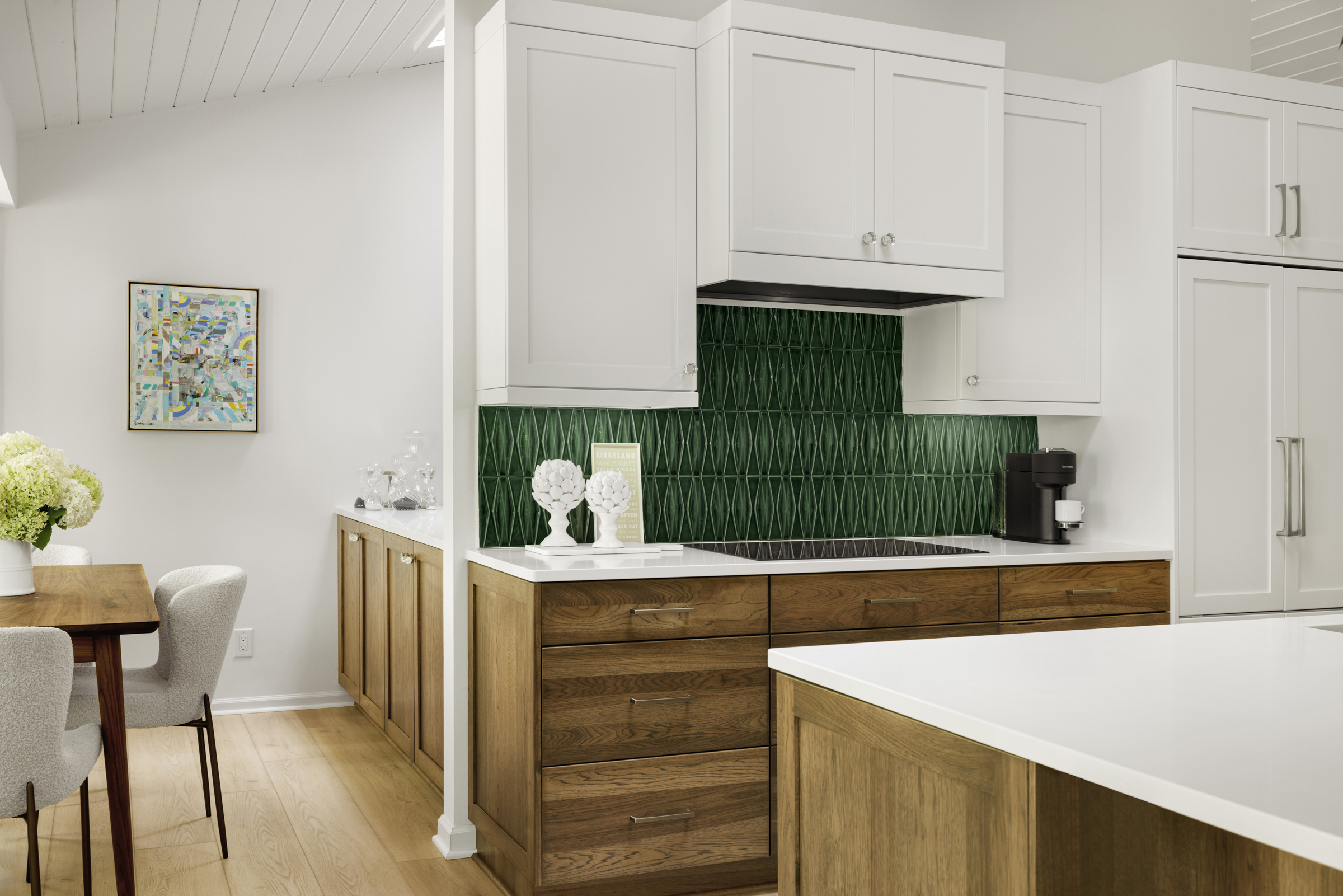
Custom Cabinets:
Tailored to fit your specific requirements and preferences, custom cabinets offer limitless design possibilities. From unique configurations and specialty storage solutions to premium materials and finishes, custom cabinets are crafted to reflect your individual style and functional needs. While offering unparalleled customization, custom cabinets typically come with a higher price tag and longer lead times.
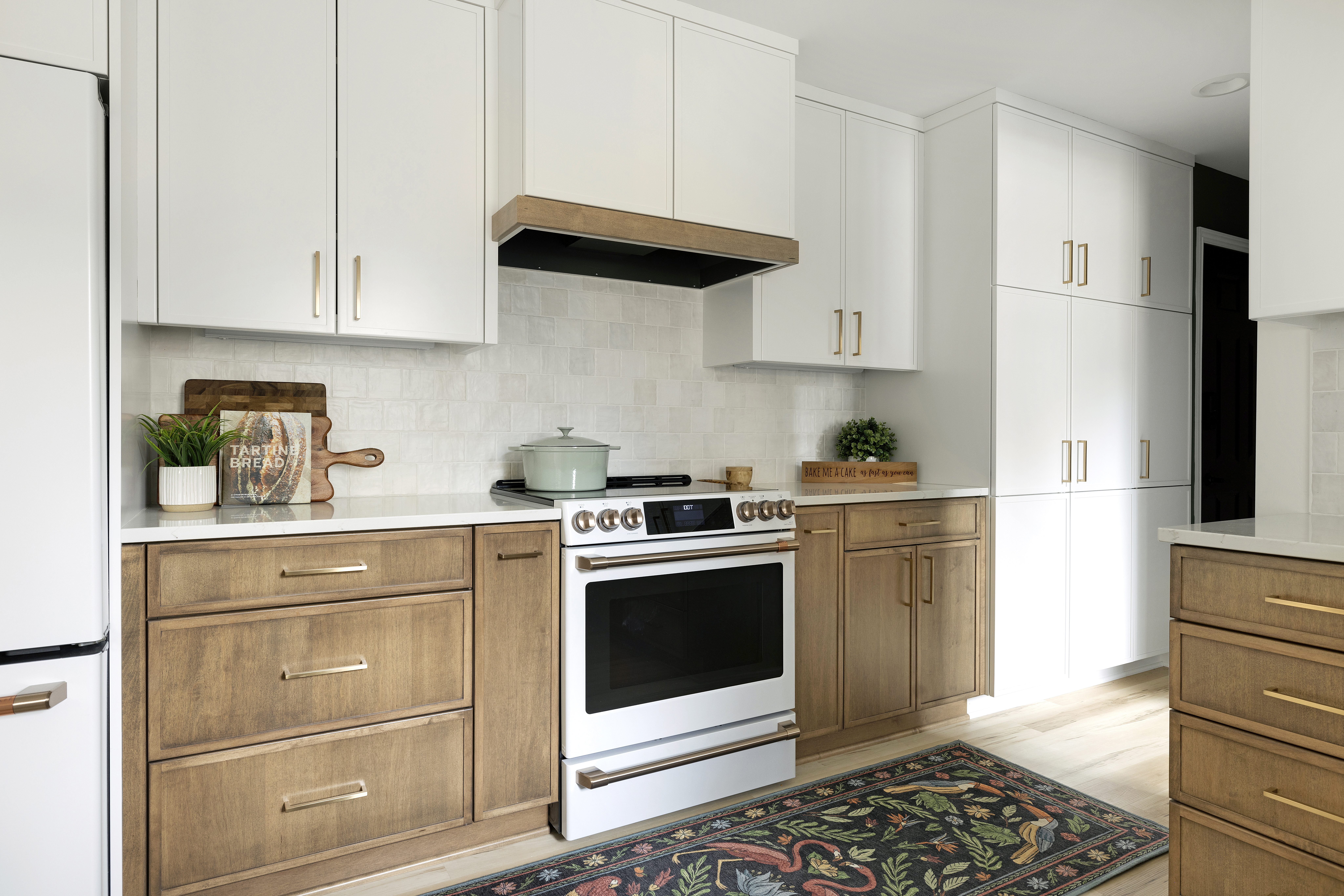
Selecting the right cabinetry for your kitchen remodel involves considering both style and type. Framed, frameless, and inset cabinets each offer distinct aesthetics and functionalities, catering to different design preferences. Similarly, stock, semi-custom, and custom cabinets vary in terms of affordability and customization options. By understanding these differences, you can confidently choose cabinetry that enhances the beauty and functionality of your kitchen within your budget constraints.
